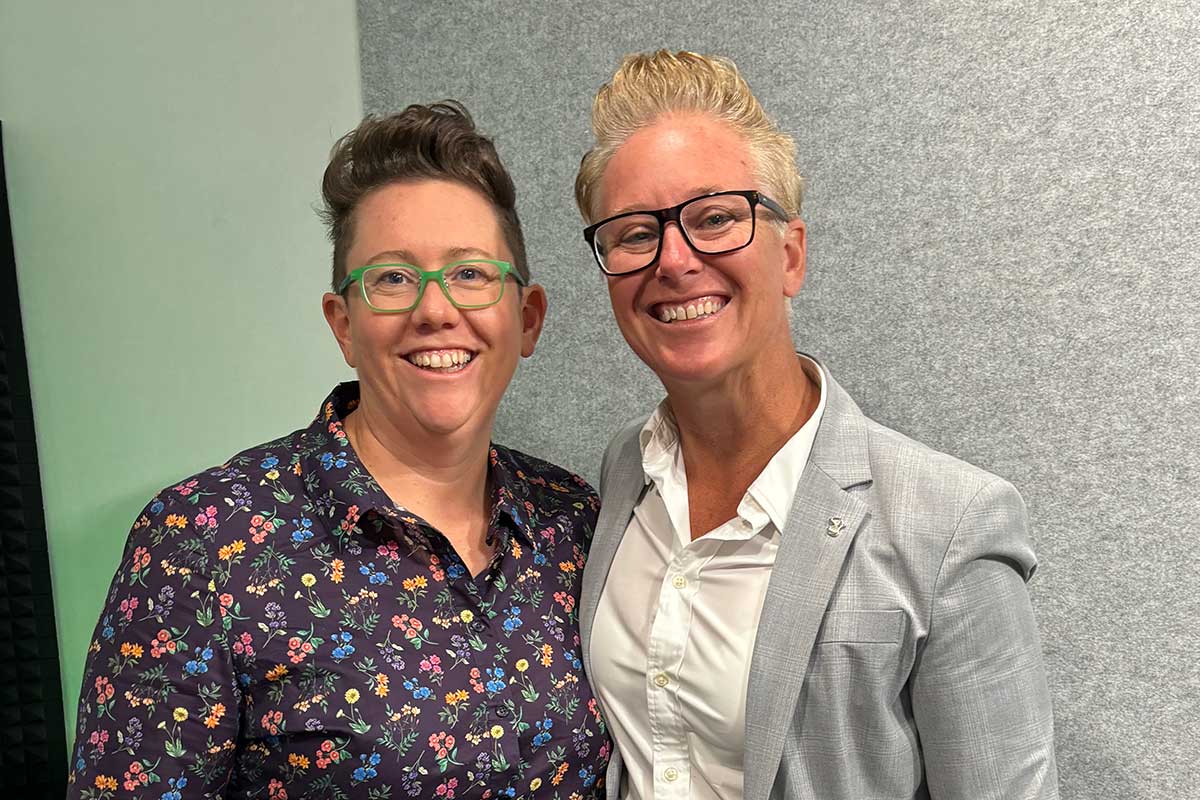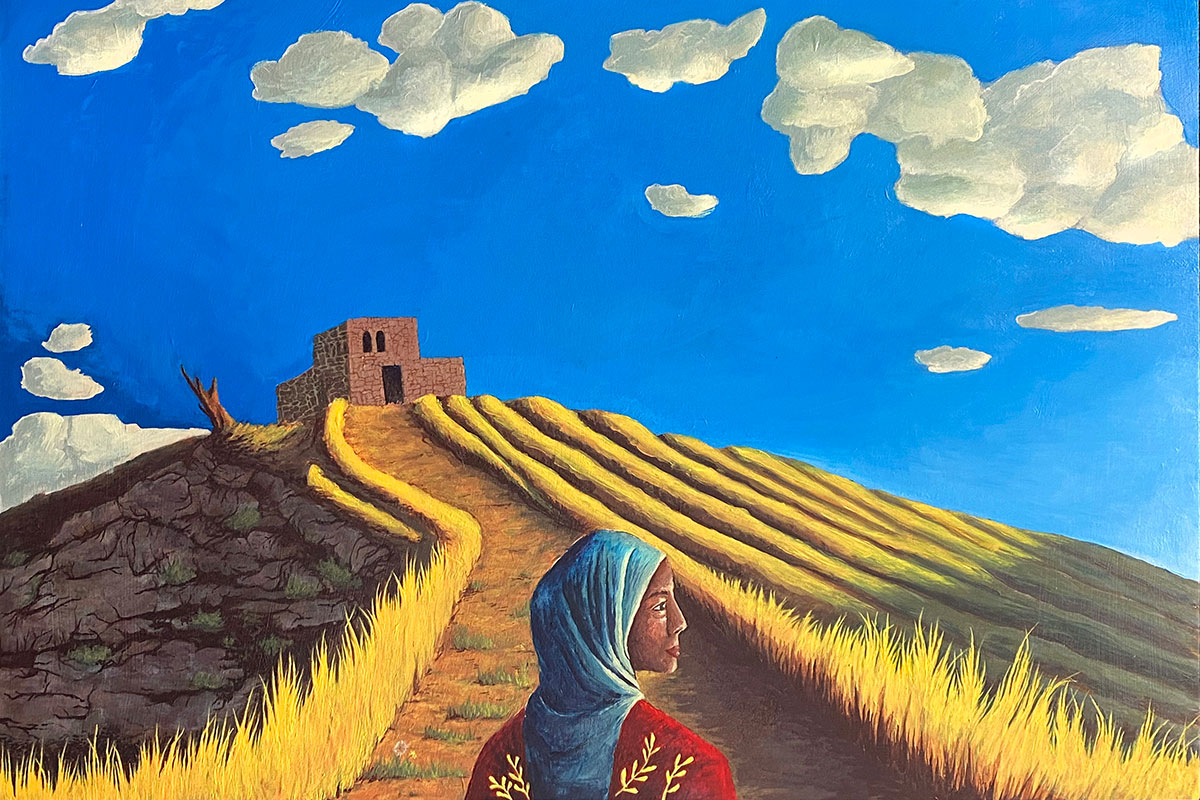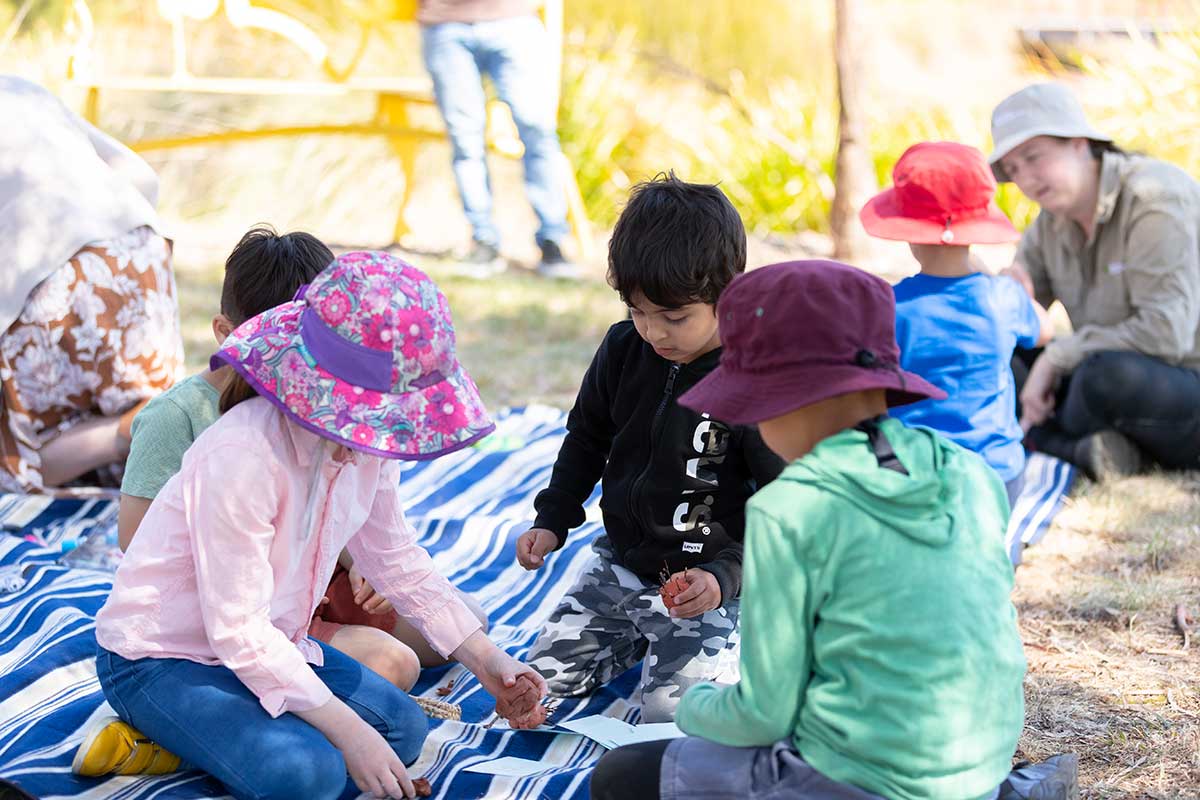19 new streets named at Strathnairn. Here are the stories behind the names.
What’s in a (street) name? For the streets of Strathnairn, Ginninderry’s first suburb, the names are all a nod to remarkable individuals and groups who have contributed to primary industry and regional service across Australia. They include people who dedicated themselves to the wool industry or to services within regional communities. There are also streets named after groups associated with the development of the pastoral industry, a breed of sheep, a community arts association, and even one named after a fence. Here are the stories 19 new street names that will form part of our second stage at Strathnairn:
Asimus Avenue: David James Asimus AO (1932–2008) is a man known for bringing the Australian wool industry back to life. A distinguished leader and active community member, he was Chair of the Australian Wool Corporation from 1979-1988. His energy and vision led to global promotion, research and development of the wool industry and he is credited with reorganising and modernising both organisations.
Blue Folk Lane:Back in the 1970s and early 80s in Canberra, the Blue Folk Community Arts Association entertained kids and adults alike with their community arts events and performances, including some at Strathnairn Homestead which sits within modern Ginninderry. The group had a strong influence on the Canberra arts scene today, leading to other associations and community arts programs.
Bob Whan Street: As well as serving as the Member for Eden-Monaro in the Whitlam Government, Robert Whan AM (1933–2015) was a fierce advocate for his rural constituents. He is particularly remembered for his leading work in changing the marketing of Australian raw wool, the effects of which can still be seen today.
Cameleer Lane: This lane is dedicated to the cameleers (camel drivers) who were an important part of the history of Australia’s wool industry. At least 2,000 cameleers and over 15,000 camels arrived in Australia during 1850–1930 assisting exploratory expeditions and carrying supplies to workers. At the time, camels were one of the main ways to carry wool bales from stations to river ports or rail.
Castagna Street: Living with quadriplegia herself, Michele Winifred Castagna OAM (1944–2016) was a strong advocate for the rights of people living with disabilities and for multicultural diversity in the community. As well as serving on the Alice Springs Town Council, she also significantly contributed to the arts.
Clothier Street: After receiving the Military Medal in 1917 for bravery during World War I, Hilton Arthur Clothier (1886–1959) applied for an allocation of land in what was then known as the Federal Capital Territory and was granted an area of 650 acres on the eastern slopes of Mount Stromlo. He established a wool and produce brokerage in Queanbeyan and lived on a small acreage at Oaks Estate. Clothier was also an active member of the local community, and was a founding member of the Queanbeyan Rotary Club.
Frearson Street: Born in London, Septimus Frearson (1849–1932) migrated to Adelaide in 1852, and later moved to Western Australia, where he’s remembered as working diligently for the district. He convinced the government to build a railway from Coolgardie to Norseman and was instrumental in selling many of the most important gold mines in the district.
Grace Munro Crescent: Grace Emily Munro MBE (1879–1964) (née Gordon) played a major role in establishing the Country Women’s Association in New South Wales. Concerned about the rights and needs of women and children, especially in rural areas, she lobbied for improved health services and encouraged country women to take a greater public role and to nominate for elected positions in the community.
Holzheimer Street: “…Everybody knew her… Toots the lady trucker is a legend in the north.” So goes the Slim Dusty song ‘The Lady is a Truckie’ about Thora ‘Toots’ Holzheimer (1934 –1992), a pioneering woman in the heavy transport trucking industry. She provided essential supplies and emotional support to remote communities in Far North Queensland for over 30 years, before being tragically killed in a workplace accident in 1992.
Isla Shilton Lane: Isla Milne Shilton OAM (1922–2015) farmed with her husband for more than 30 years in South Australia. A strong advocate for women in rural areas, she contributed to a delegation which lobbied the minister and industry for cheaper machine-washable wool in 1971.
Jill Landsberg Terrace: Ecologist Dr Jennifer Jill Landsberg (1953–2005) studied the conservation of biodiversity in primary production landscapes and made significant contributions to the science of ecology and natural resource management in Australia.
Kaylock Street: After being widowed during World War I, Susie Olive Kaylock (1892–1959) was committed to improving the living conditions of rural women in regional New South Wales, which included advocating for baby health clinics in regional centres and second class sleepers on trains to assist mothers travelling overnight with children.
Lemon Street: Alan John Lemon MBE (1926–2007) was instrumental in introducing, not citrus, but high oil sunflower seeds to Australia and establishing the international marketing for new oilseed crops at a time when the only oil available in Australia to make margarine was safflower.
Merino Lane: This lane is named after the Merino sheep, bred in Australia primarily for its heavy fleeces of fine quality wool. The land at Strathnairn was once home to a merino flock, bred for many years, which placed third in the Merino Ewe Competition (ACT Division) in 1956.
Pagliano Street: As a mother of young children living in a regional area, Muriel Josephine Pagliano AM (1926–1998) was a fierce advocate for improving the welfare of families in isolated rural communities. She also volunteered on a wide range of state and federal government committees across a wide range of important issues.
Palisade Lane: This lane is named not after a person, but a fence. The timber palisade fence was generally built in rural Australia round farm houses. Before the widespread introduction of wire netting fences in the late 19th century, it was also used to keep the rabbits out of properties in New South Wales and Victoria, and as dingo-proof fencing in south-eastern Queensland.
Rachel Makinson Street: Dr Kathleen Rachel Makinson AM (1917–2014) was a textile physicist, and was prominent in the field of research about the nature of wool competing against manufactured synthetic fibres. In 1977 she became the first female Chief Research Scientist at the CSIRO, and throughout her lifetime, was also an advocate for the rights of women scientists to work on equal terms with their male colleagues.
Ryko Street: In 1914, a young Ted Ryko (born Edward Frederick Reichenbach; 1892–1968) rode his pushbike overland from Adelaide to Darwin, covering nearly 3,000 kilometres solo, in a record-breaking 28 days and seven minutes. He stopped along the way to take pictures, and his ‘Top End’ photography forms a well-regarded and nationally significant collection.
Wyn Gilmour Court: Back in 1938, Mary Winifred (Wyn) Gilmour (1908–1987) was the host of the first women’s radio program in Canberra. She became well known for her broadcasts during World War II, bringing comfort to listeners at a time of great stress. Known widely as ‘Auntie Wyn’ on a range of broadcast programs for women and children, she also mobilised local Canberra women to raise funds and make items to support war victims.


